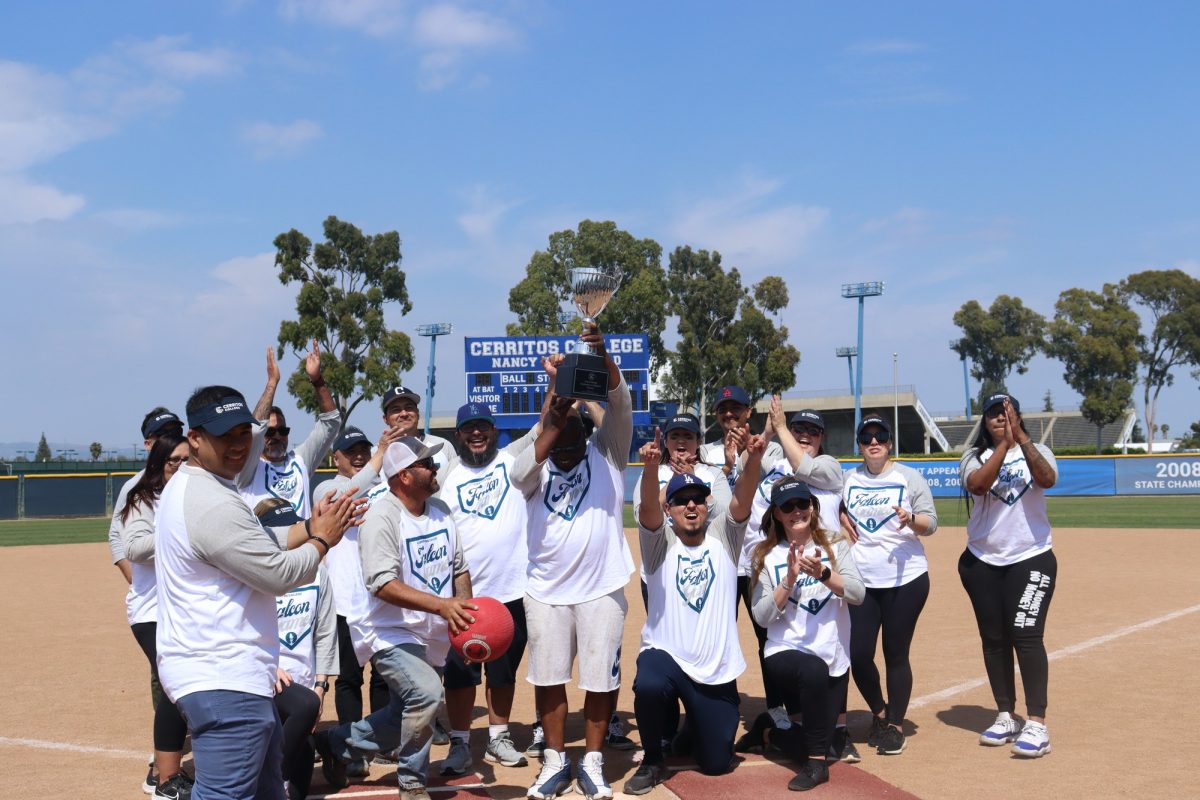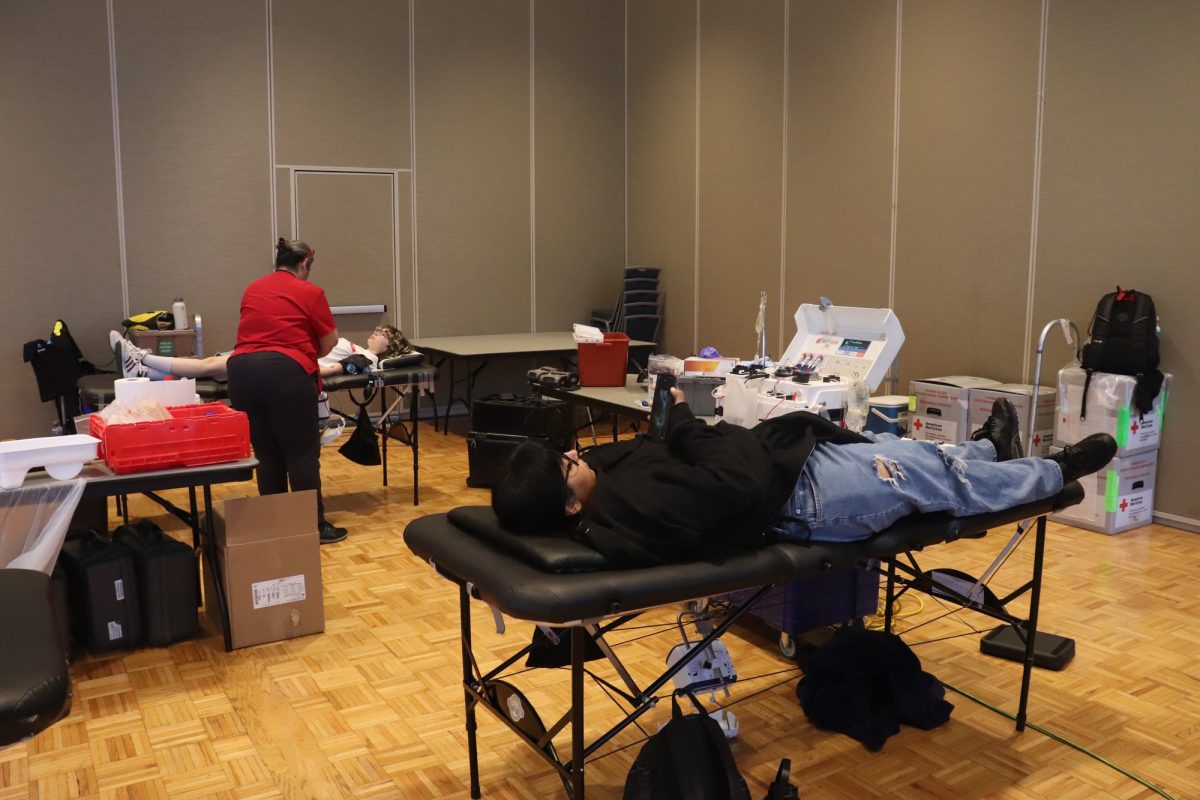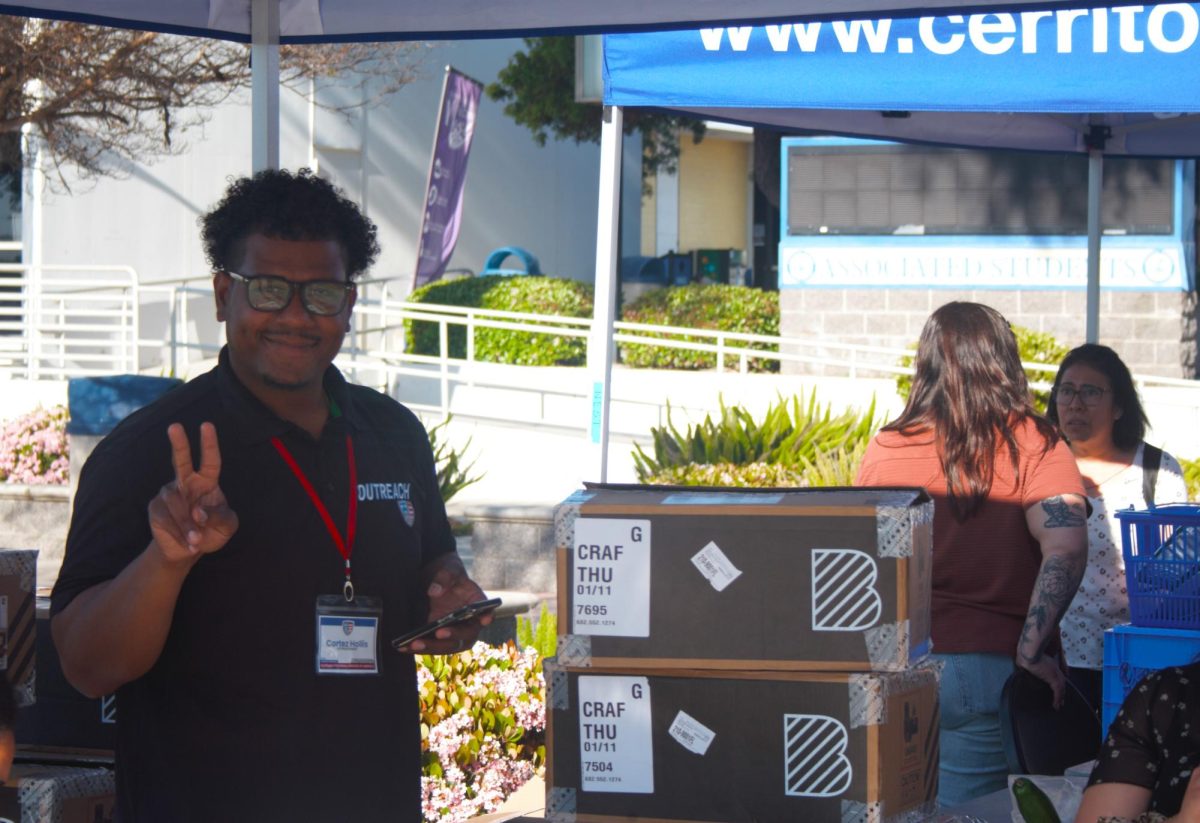“Popped a molly, I’m sweatin’” is a catchy phrase that music artist Trinidad James uses in his hit song, and this constant exposure to drugs in the media has desensitized college students to drug use.
Luis Morales, a criminal justice major, said hip hop music plays a major role in the environment at college parties.
“You hear that music every day and it puts you in a peer pressure situation where students want to be cool at parties, so they use drugs,” Morales said.
Michelle Lewellen, a biopsychology professor at Cerritos College, identified the main drugs used by college students to be: marijuana, amphetamines and alcohol.
Molly, a pure form of an ingredient typically found in ecstasy, is also heard in songs by artists such as Kanye West, Tyga, Miley Cyrus and Rick Ross. It’s funny because on Instagram and Twitter, that’s all you see: people talking about poppin’ molly. I don’t know if it’s true or not, but it has played a major role in our society today — Luis Morales
Todd Gaffaney, a psychology professor at Cerritos College and clinical psychologist, said that the media desensitizes the average person to drugs, but the use of drugs mainly depends on individuals’ environment and upbringing.
“If they grew up with drugs in their family, it makes it more appealing,” Gaffaney said.
“If they have psychological needs, like they get tense in social situations, drugs have a small positive value of relaxing (them) at a big cost.”
The current drug he said that media have been showcasing on commercials, especially NFL commercials, was beer.
“They glamorize beer,” he said. “You have people in their early twenties having a great time. You’ve got sex appeal, and it’s like we think everyone is (drinking beer).”
People may question the statement that alcohol is a drug, but Lewellen said, “It’s the way that our culture talks about alcohol that makes people think that it’s different than other drugs. In science, it is a drug,” Lewellen said.
She defined psychoactive drugs as anything that changes one’s behavior.
When it comes down to the argument of whether media have desensitized people to drugs, Lewellen’s main argument came down to the dilemna of what came first, the chicken or the egg?
“Is the media responding to the public, or is the public responding to the media?,” was the rhetorical question she posed.
Lewellen said that the media’s purpose for using drugs in their medium is to make money.
“When you see drug use on films, in television, that’s to sell the show,” Lewellen said, “because that’s what people want to watch. If they didn’t want to watch that, then (drugs) wouldn’t be on television.”
Chris Barreras, psychology major, feels that the media is a “role model” for its average viewers.
“The media show people having such a great time with drugs while they’re in the club, with money flying everywhere and scantily clad women all around them,” Barreras said. “If the person that they idolize is doing it, then they’re going to be more inclined to do it as well.”








